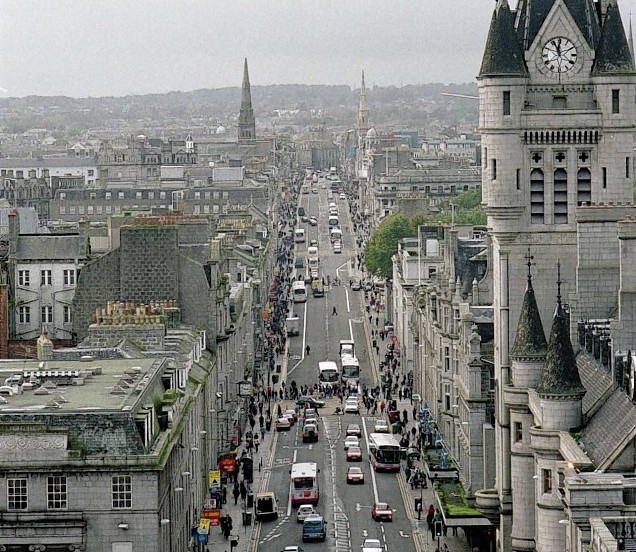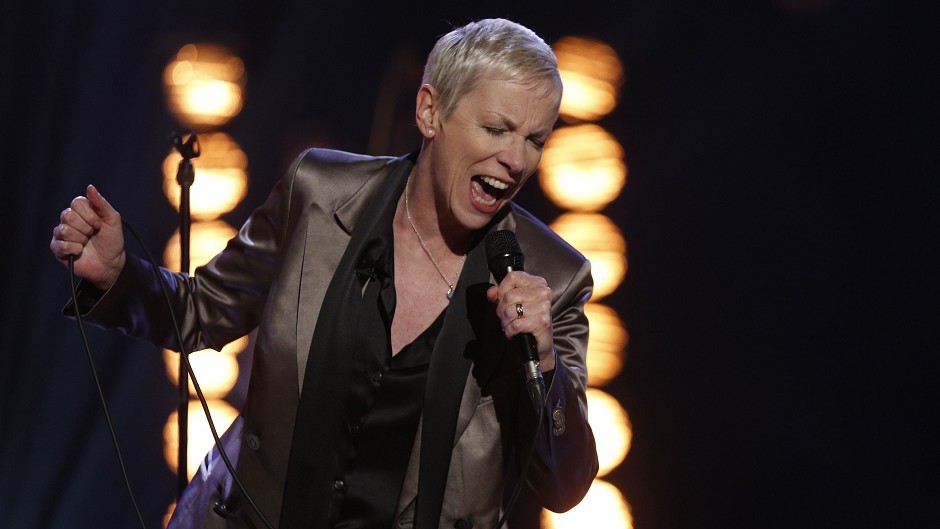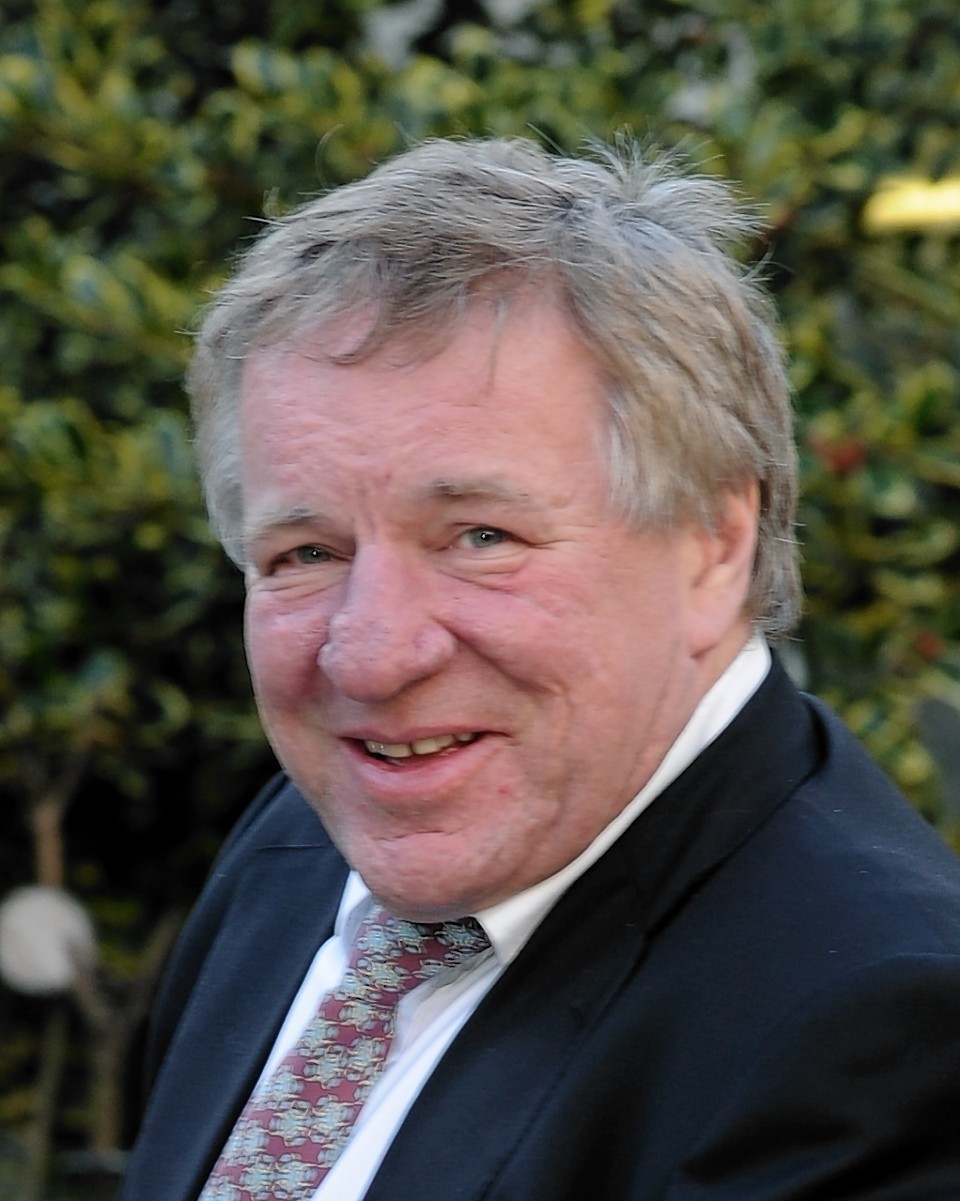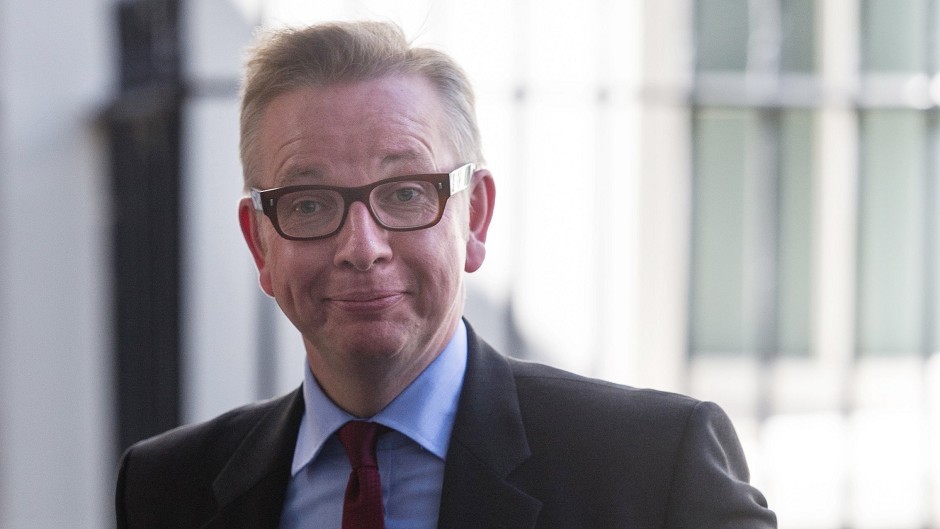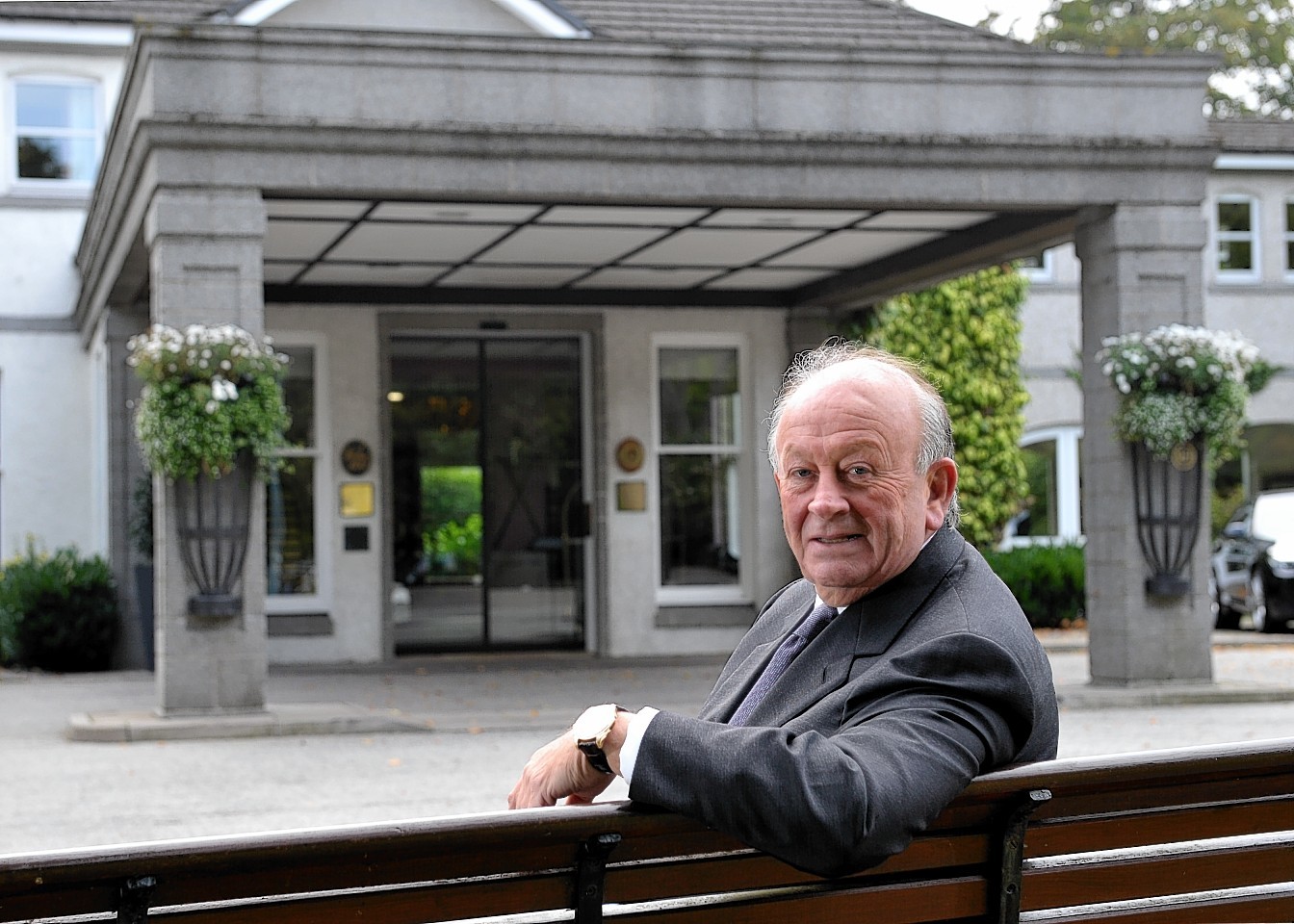It has been the beating heart of Aberdeen for more than two centuries – but now many of the north-east’s most influential figures believe Union Street needs an urgent “transfusion”.
Today, celebrities, business leaders and politicians have joined forces to launch a major new debate on the future of the city’s famous Granite Mile.
As the region begins its difficult transition to a future less dependent on North Sea oil and gas, many believe it is the “perfect time” for action to restore the iconic thoroughfare to its former glory.
The construction of Union Street left Aberdeen bankrupt at the beginning of the 19th century, but it would become revered as one of the finest high streets in Britain – a stunning feat of architecture and engineering.
But today, almost all of the favourite stores Aberdonians fondly recall from their childhood trips to the city centre have gone and are not coming back.
As the economics of the high street have changed, the premises which housed some of those famous names – from Bruce Millers to Esslemont & Macintosh – are now among about 20 Union Street shops lying largely empty.
They account for about 10% of the total and almost 160,000sq ft of retail floor space.
Meanwhile, no fewer than a dozen of the occupied stores are now bookmakers, while eight are charity shops and three are pawnbrokers.
The trend is not unique to Aberdeen, however.
Scotland has lost about 1,800 shops in the past five years, and the amount paid in rates by retailers has increased by 30% in the same period.
Throughout this week, the Press and Journal will be putting the future of our high streets under the microscope.
High-profile figures have called on the city’s leaders to show the same level of ambition as their predecessors did when they built Union Street more than 200 years ago.
Tomorrow, the focus will be on the origins and evolution of the thoroughfare as well-known Aberdonians share their favourite memories of the street.
On Wednesday we will put the spotlight on town centres across the north-east from Fraserburgh to Inverbervie, before finding out on Thursday if lessons can be learned from some of the most successful recent city-centre regeneration projects in the UK.
Then on Friday, we will hear from Aberdeen’s civic leaders and assess their plans to revive Union Street through the city centre masterplan.
Pop icon Annie Lennox was among the many famous Aberdonians to welcome the new debate on the future of Union Street last night.
“I think it’s a great thing that the issue of Union Street is on the agenda,” she said.
“The challenge will obviously be to find sensible, cost-effective, sustainable solutions to all the issues faced and I very much hope that a good outcome will be reached for the citizens of Aberdeen.”
Sir Moir Lockhead, who turned Aberdeen’s FirstGroup into a global transport giant, also called for action.
“We all want to see Union Street come back to the way it used to be. Anything that can improve the way Union Street looks right now I would support,” he said.
“It always used to look a lot better than it does now somehow. We just need to make sure the buildings are well looked after, and get the right sort of retail environment.”
Martin Gilbert, chief executive of Aberdeen Asset Management, one of the world’s biggest fund managers, said: “I’m a big supporter of the Press and Journal’s efforts to get everyone talking about how we want our city to look in the future.
“The city of Aberdeen has made a tremendous contribution to Scotland’s economy over the last 40 years and I hope everyone with ideas on how the city centre should be improved will take advantage of this opportunity to have their say.”
Michael Gove, the Aberdeen-raised UK justice secretary and one of Prime Minister David Cameron’s closes allies, said: “Aberdeen has been blessed in every respect, except in its city fathers.
“It has some of the finest architecture of any city in the UK, but you will not find it in its shopping malls.
“If I had one wish, it would be that all the energy and effort and talent that I know is available in and around Aberdeen was devoted to concentrating on renewing Union Street.
“E&Ms, Watt and Grant, department stores like that are obviously not coming back, but what we can do is to encourage more independent stores, more quality on the high street.
“That is still one of the best ways I think of making sure the beating heart of the city centre gets the transfusion it needs.”
Stewart Spence, owner of the city’s iconic Marcliffe Hotel, said it was time to take action.
“Now that the north-east economy is in recession because of the downturn in the oil and gas industry, I think it’s the perfect time to change Union Street,” he said.
“We need to make Aberdeen more attractive for tourists in the future because we’re going to depend on them more than ever before.”
Melfort Campbell, former CBI Scotland chairman and the co-chairman of the Scottish Government’s Oil and Gas Industry Leadership Group, called for leadership to deliver the changes required.
“I feel what we lack is the ambition to now, again, make Union Street a place people want to be – safe, attractive and somewhere people speak of positively,” he said.
“What is needed is a cross-party agreement, that defies today’s political timescales, for the development of a city centre people want to visit and stay in.
“Who is going to provide that leadership?”
